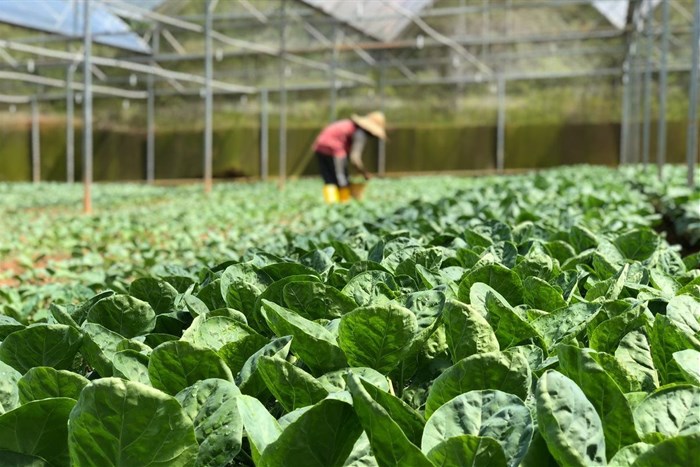Zimbabwe's horticultural sector blooms

This comes as Government, through the National Development Strategy 1 (NDS1) is set to revive horticultural production with a focus on exports, as well as improved household nutrition.
Horticulture used to be a major export earner, with regular cargo flights to Europe.
The strategy will be implemented under the Zimbabwe Horticulture Recovery and Growth Plan, which is targeted at reconfiguring the horticulture industry driven by the private sector, but paired with a transformative rural sub-sector under the Presidential Horticulture Scheme to benefit 1,8 million households.
According to the Second Crop and Livestock Assessment report prepared by the Lands, Agriculture, Fisheries, Water and Rural Resettlement Ministry, there is a general increase in area under plantation with the exception of stone fruits where old varieties are being uprooted to plant new improved varieties with better yield and tastes preferred on the market.
“Productivity among the plantation crops is generally low due to poor management and inferior varieties. There are some emerging crops such a pecan nuts and blueberries that are increasing in area across all provinces,” said the ministry.
The ministry said the current area under blueberries is 285 hectares with an estimated production of 1,140 tonnes giving a yield of four tonnes per hectare.
"The total area under pecan nut is 550 hectares with an estimated production of 83,5 tonnes coming from 81 hectares giving an average yield of 1,03tonnes per hectare. Most of them are still in the juvenile stage," it said.
"There is an insignificant change in production of sugar cane. Average yields in newly resettled farms still remains very low, averaging 60tonnes/ha compared to commercial sector averaging 120t/ha."
The total production of potatoes decreased by 24% due to incessant rains that increased the incidence of blights, tuber rots and negatively affected planting operations for the summer crop.
"Coffee production increased by 5% from 579 tonnes in the 2019/2020 season to 608 tonnes this season. Banana production has increased by 10% from 271,404 tonnes to 298,072 tonnes,” said the ministry.
"Macadamia production decreased by 6,2% from 61,913 tonnes obtained in the 2019/2020 season to 58 044 this season, while Irish potato production decreased by 24% from 592,779 tonnes to 447,867 tonnes this season."
The 2020/21 rainfall season started mid-November for most provinces. In some districts, the season was marked by a false start of the season early October.
The rainfall season ended prematurely, at the end of February to early March throughout the country.
Temporal and spatial distribution of rainfall was generally good throughout the season. Wet spells were more prevalent in the southern and central provinces. Some dry spells were also recorded in some districts.
The wet spells resulted in nutrient deficiency, especially nitrogen, as well as water logging which led to yield reduction.
Nitrogen deficiency was also compounded by the shortage and high cost of nitrogenous fertilisers.
The dry spells also caused complete crop failure in a few districts.
Source: https://www.herald.co.zw/horticultural-sector-blooms/ via Agbiz
Related
The agricultural sector can overcome the impact of potential Agoa exit 1 day Ivory Coast signals cocoa price hike in response to US tariffs 11 Apr 2025 Blockchain and smart contracts to transform agriculture 8 Apr 2025 FAO: Global food prices steady in March 7 Apr 2025 IFPA reacts to 30% tariff on SA fresh produce, warns of global impact 7 Apr 2025 What Trump’s new tariffs could mean for South African wine exports 4 Apr 2025























